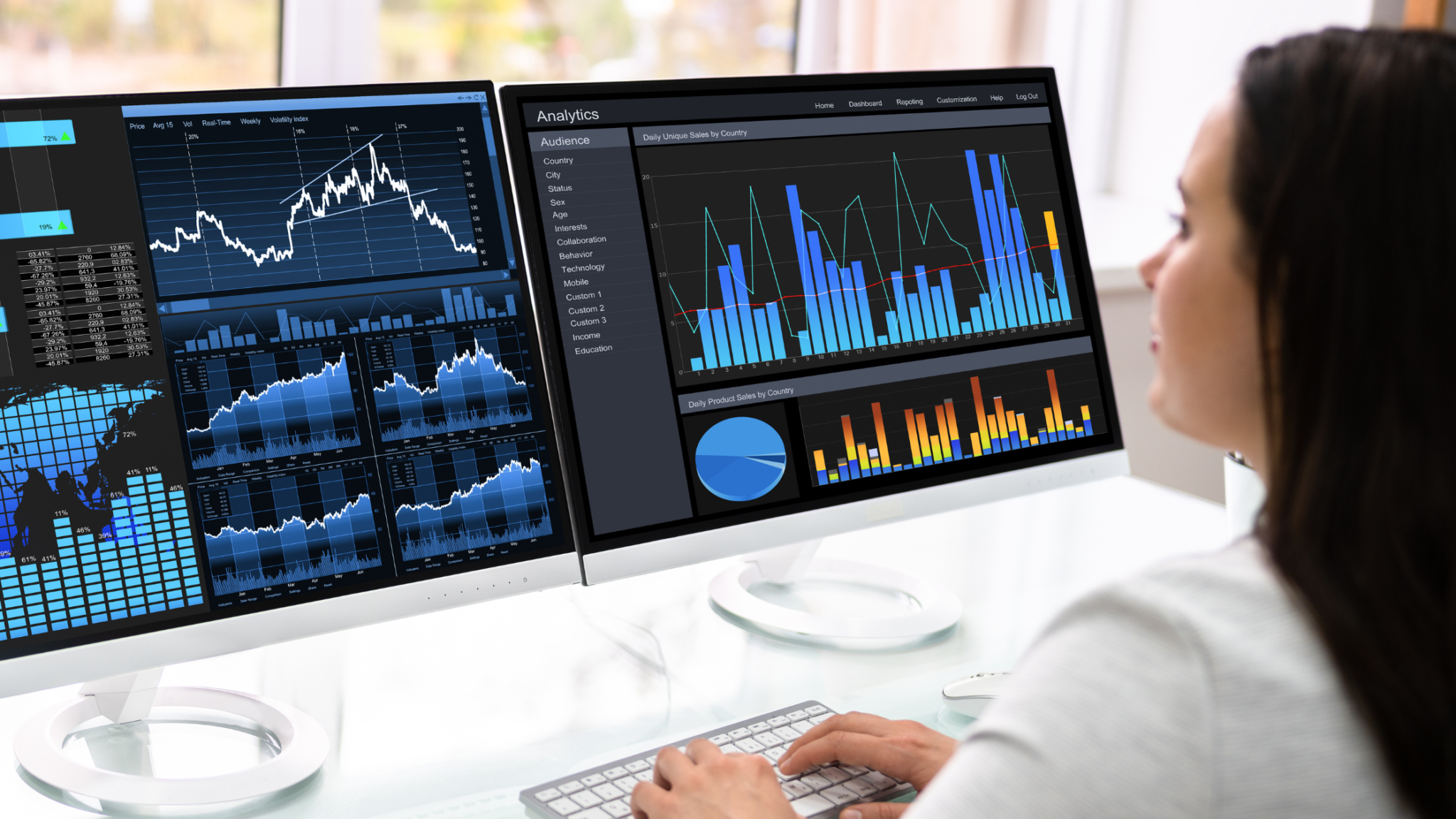Technology plays a significant role in cost management by enabling businesses to streamline processes, optimize operations, and make informed financial decisions.
Here are some key ways technology contributes to cost management:
1. Automated Financial Systems: Technology allows businesses to automate financial processes such as budgeting, accounting, and expense management. Automated systems reduce manual effort, minimize errors, and improve the efficiency of financial operations, leading to cost savings.
2. Data Analysis and Reporting: Advanced analytics tools and software enable businesses to analyze large volumes of financial data quickly and accurately. By leveraging data analytics, businesses can identify cost drivers, detect inefficiencies, and make data-driven decisions to optimize spending and improve cost management.
3. Electronic Procurement and E-Commerce: Technology facilitates electronic procurement systems and e-commerce platforms, streamlining the purchasing process and reducing procurement costs. Online platforms enable businesses to compare prices, negotiate discounts, and make efficient purchasing decisions.
4. Cloud Computing and Software-as-a-Service (SaaS): Cloud computing and SaaS solutions provide cost-effective alternatives to traditional on-premises software and infrastructure. They offer scalability, flexibility, and cost savings by eliminating the need for large upfront investments in hardware and software licenses.
5. Process Automation: Robotic Process Automation (RPA) and workflow automation tools automate repetitive and rule-based tasks, reducing the need for manual intervention. This increases operational efficiency, reduces errors, and saves labor costs associated with performing routine activities.
6. Supply Chain Optimization: Technology enables businesses to optimize their supply chain, leading to cost reductions. Supply chain management systems provide real-time visibility into inventory levels, streamline logistics, and optimize production and distribution processes, resulting in improved efficiency and reduced costs.
7. Telecommunications and Virtual Meetings: With advancements in telecommunications technology, businesses can conduct virtual meetings, webinars, and conferences, reducing the need for travel and associated expenses. This leads to significant cost savings in terms of transportation, accommodation, and related expenses.
8. Energy Management Systems: Technology enables businesses to monitor and manage energy consumption through energy management systems. These systems provide insights into energy usage patterns, identify areas of waste or inefficiency, and facilitate cost-saving measures through energy optimization and conservation.
9. Cost Tracking and Reporting Tools: Various software applications and tools are available to track and report costs across different departments or projects. These tools provide visibility into cost allocation, budget tracking, and expense management, allowing businesses to identify cost-saving opportunities and control expenditures effectively.
10. Digital Transformation: Embracing digital transformation initiatives allows businesses to optimize processes, improve productivity, and reduce costs across the organization. Digitizing workflows, implementing digital tools, and leveraging emerging technologies such as artificial intelligence and machine learning can drive operational efficiency and cost savings.
By leveraging technology in cost management efforts, businesses can enhance financial visibility, optimize operations, and identify opportunities for cost reduction and efficiency improvements.
It is essential to assess the specific needs of your organization and select technology solutions that align with your cost management objectives.

